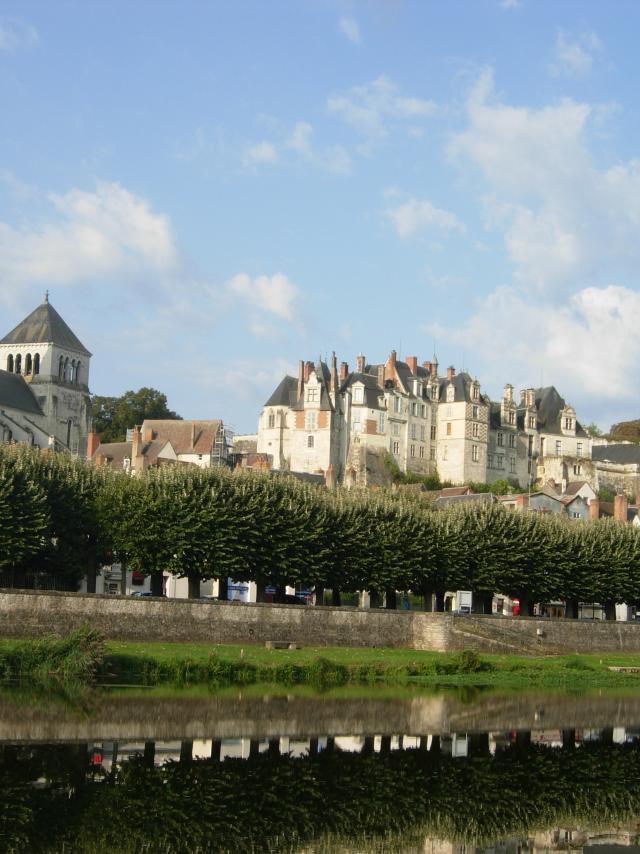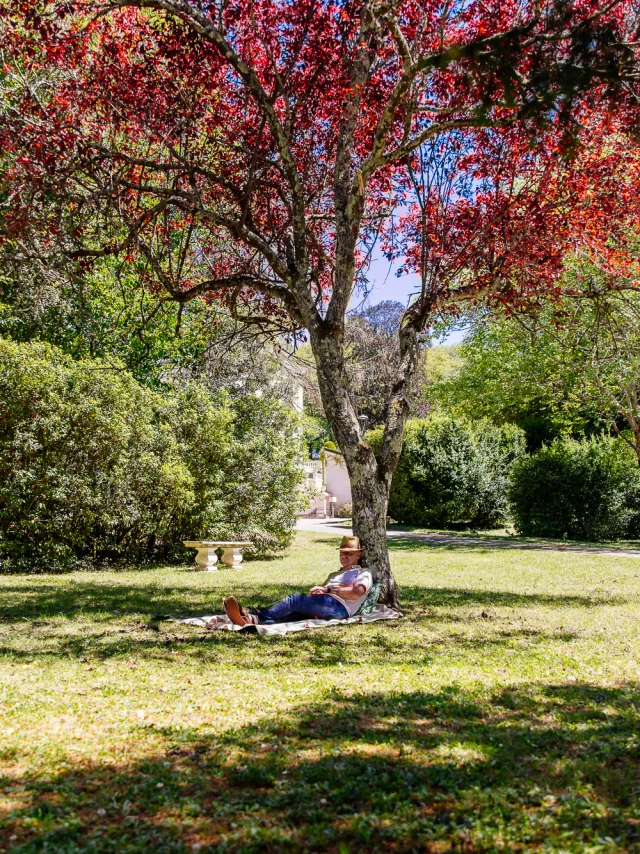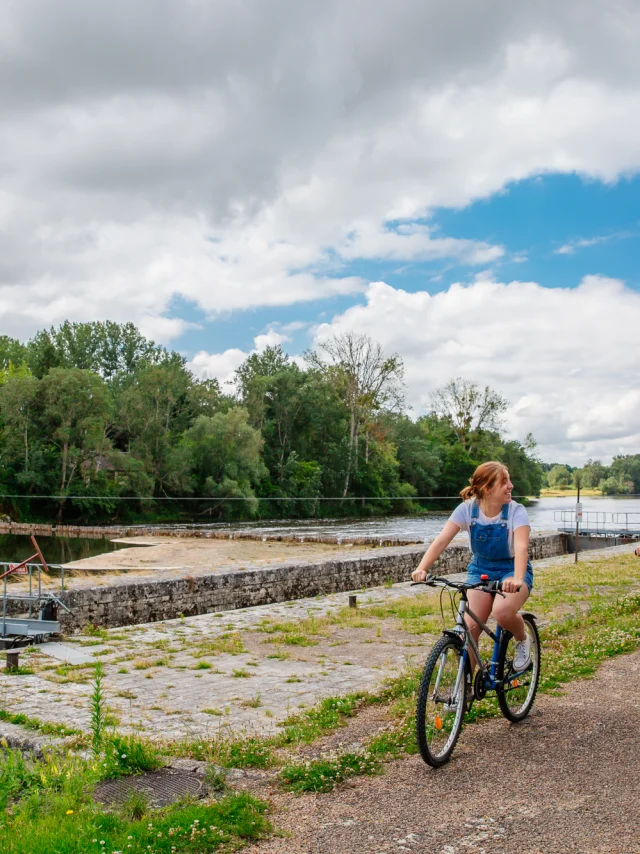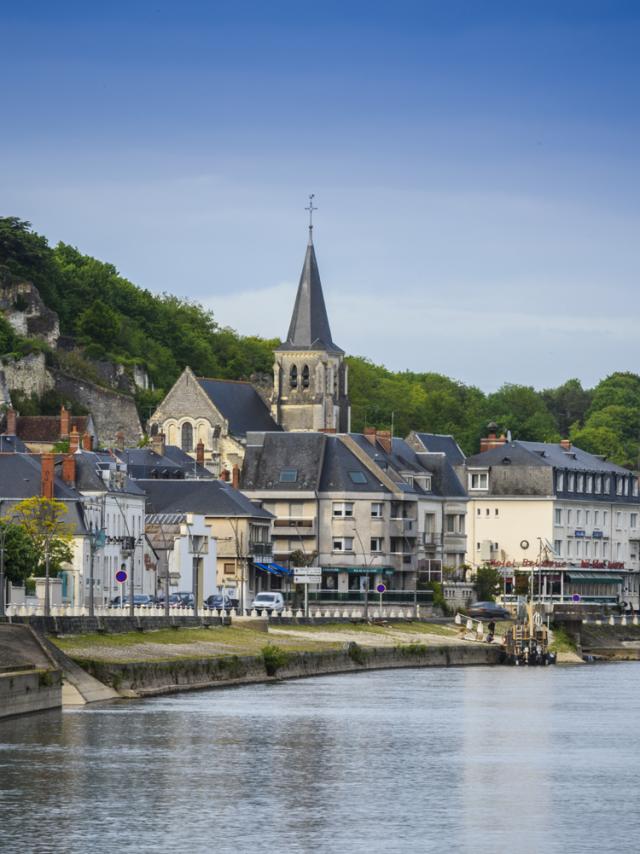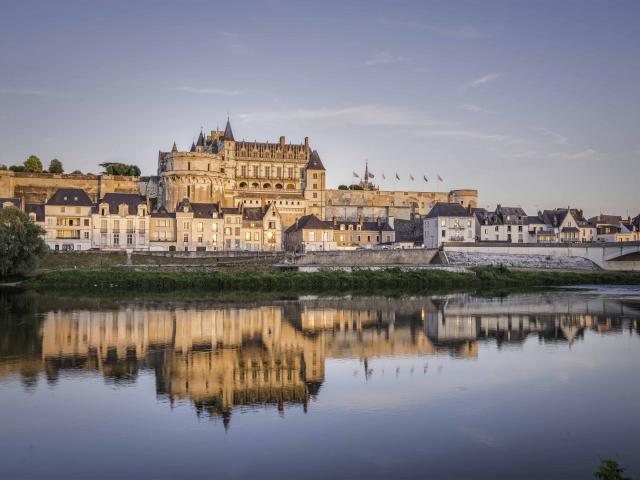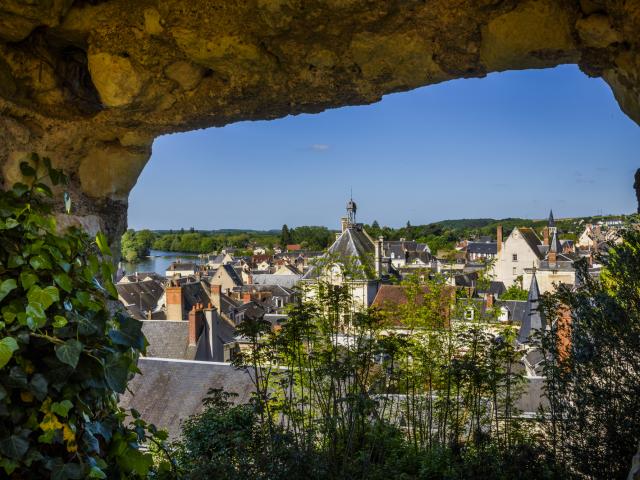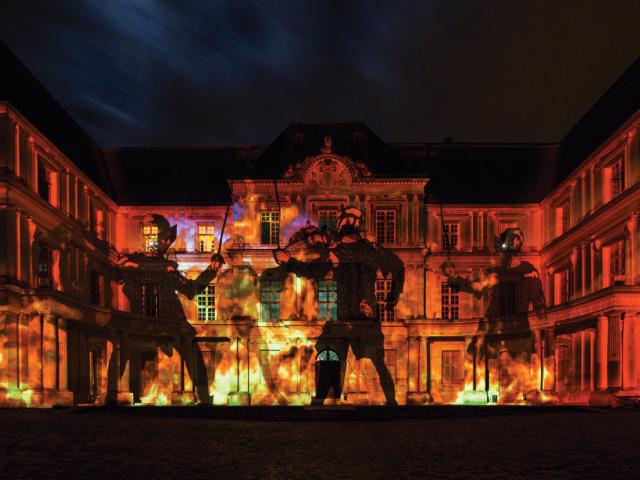
The château through the centuries
As early as the Neolithic period,
the Châteliers headland was fortified. Its 40-metre-high promontory provided natural defense and made it an ideal vantage point. Even Caesar was impressed by the oppidum (fortified town) of Amboise. The château would go on to enjoy its most splendid days under the reigns of Louis XI, Charles VIII, and Francis I.

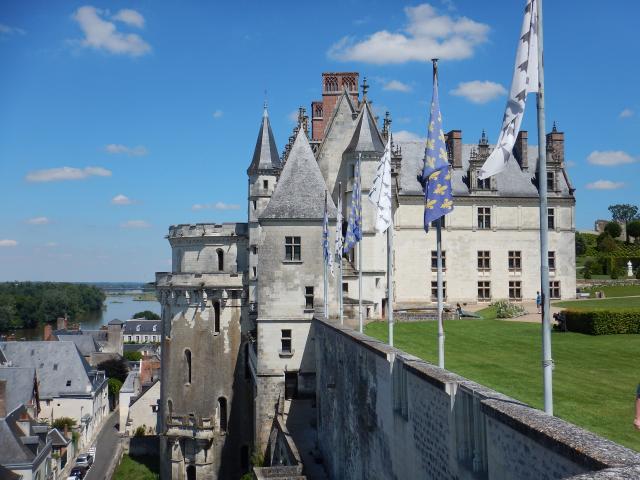
In the 11th century,
King Louis XI commissioned the construction of a new residence and an oratory, built against the southern curtain wall. However, the Château d’Amboise underwent its most significant phase of construction under the reign of his son, Charles VIII. Much of the current structure dates from this period. He transformed the former medieval fortress into a Gothic palace. He also commissioned the construction of two ceremonial lodgings and two cavalier towers — wide enough to allow horses and carriages to ascend from the town up to the château’s terraces.
Charles VIII also commissioned the construction of a chapel, the Saint-Hubert Chapel, built on the exact site of the oratory erected a few years earlier by his father. To distract his wife, Anne of Brittany, from the sorrow of losing another stillborn child, Charles VIII invited her to attend a game of real tennis. On their way, the royal couple took the Hacquelebac Gallery, but in the rush, the king violently struck his head against the stone lintel of a low doorway. He died nine hours later at the Château d’Amboise, a residence he had cherished since childhood. Having died without an heir, Charles VIII was succeeded by his cousin Louis XII, who continued construction at Amboise and completed the Heurtault Tower near his predecessor’s lodgings.
From the 16th century to the revolution of 1848,
Francis I became king in 1515 and began extensive embellishment work on the Château d’Amboise. He raised the Louis XII wing and had the dormer windows decorated in the Italian style that would inspire him throughout his reign. In the 17th century, Louis XIII ordered new defensive structures due to the strategic position of the château. A century later, in 1786, the Crown granted the château to Louis-Jean-Marie de Bourbon, grandson of Louis XIV. He dismantled the columns and divided up the Grand Hall, also converting a panoramic dining room in the Minimes Tower. In the 19th century, starting in 1806, Senator Roger Ducos ordered the demolition of ruined or unused buildings. He had the Henri II wing and the Saint-Florentin Collegiate Church, built in the 11th century, as well as the canonical house torn down.
During the Revolution of 1848, the Château d’Amboise once again became a place of detention. Emir Abd el-Kader, the deposed leader of the Algerian resistance, was imprisoned there with his entourage in November 1848. Several of his members died during their detention, and in 1853, a mausoleum was erected in their honor on one of the château’s terraces. The grandson of Louis-Philippe I initiated restoration work on the Saint-Hubert Chapel, the Charles VIII wing, and the Minimes Tower. He later renovated the Renaissance wing and the Heurtault Tower.
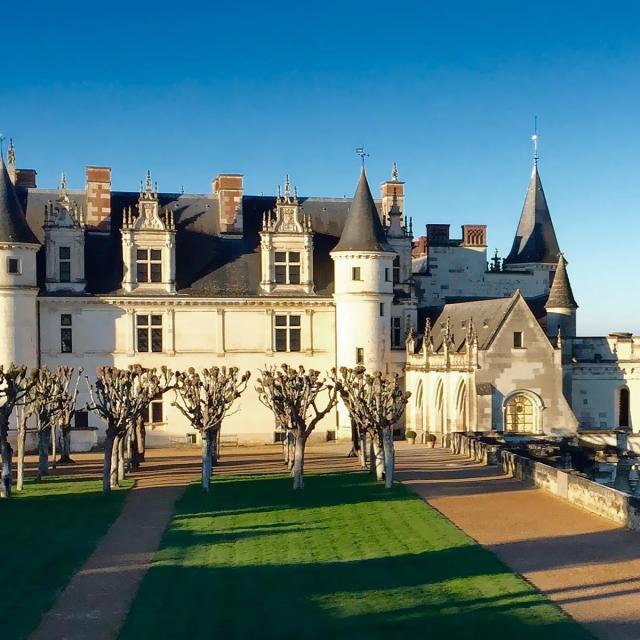
During the Second World War,
the Château d’Amboise suffered significant damage. A major restoration campaign began in 1952. Over the centuries, the château has undergone numerous architectural transformations. Successive kings of France each contributed to the magnificent monument we know today as the Château Royal d’Amboise.

